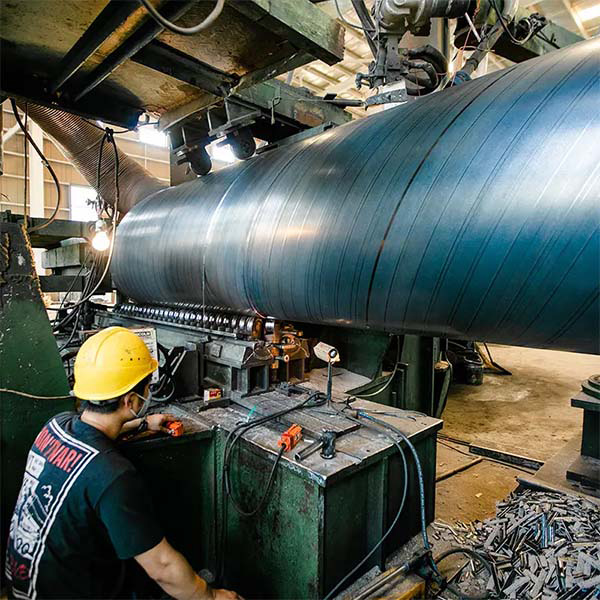In the construction and maintenance of fire pipe lines, welding technology is crucial. Whether it is a new installation or the repair of an existing pipe, proper pipe welding procedures are critical to ensuring the integrity and safety of your fire protection system. One of the key links in fire pipe welding is seam welded pipe, which requires precise and meticulous welding technology to maintain the structural and functional integrity of the pipe.
Seam welded pipe is a common type of pipe used in fire protection systems due to its ability to withstand high pressure and high temperature conditions. The welding process for seam welded pipe involves fusing two pieces of metal together along the length of the pipe to create a continuous seam. This process requires specialized skills and knowledge to ensure that the welds are strong, durable, resistant to corrosion and leakage.
Proper pipe welding procedures are critical to ensuring the quality and reliability of fire protection pipes. The welding process must follow strict guidelines and standards to achieve a high level of structural integrity. This includes selecting appropriate welding materials, using advanced welding techniques, and thoroughly inspecting and testing welds.
In fire protection piping, welding procedures play a key role in ensuring that the pipe can effectively withstand the extreme conditions of a fire. Welds must be able to maintain their integrity and structural strength when exposed to high temperatures and pressures, as weld failure can lead to catastrophic consequences during a fire emergency.
In order to achieve efficient pipe welding of fire protection pipes, the following key procedures must be followed:
1. Preparation before welding: Proper cleaning and preparation of the pipe surface is critical to ensuring welding quality. Any contaminants or impurities on the pipe surface can compromise the integrity of the weld, leading to potential defects or failures.
2. Welding Technique: Choosing the proper welding technique is critical to achieving a strong and durable weld. This may involve the use of advanced welding methods such as TIG (Tungsten Inert Gas Welding) or MIG (Metal Inert Gas Welding), which provide superior control and precision.
3. Inspection and Testing: Thorough inspection and testing of welds is critical to identifying any potential defects or deficiencies. Non-destructive testing methods such as ultrasonic testing or radiography can be used to evaluate weld quality without compromising the integrity of the pipe.
4. Comply with standards: It is critical to comply with relevant industry standards and regulations for fire piping welding, such as those set by organizations such as the American Society of Mechanical Engineers (ASME) and the National Fire Protection Association (NFPA). Compliance with these standards ensures that pipe welding procedures meet the necessary requirements for fire protection systems.
In short, efficient pipeline welding processes are crucial to the construction and maintenance of fire protection pipelines. The integrity and reliability of welds are critical to ensuring the proper operation of the fire protection system and the safety of the surrounding environment. By following strict pipe welding guidelines and standards, fire piping can achieve a high level of structural integrity and durability, ultimately providing effective fire protection.
Post time: Mar-26-2024

